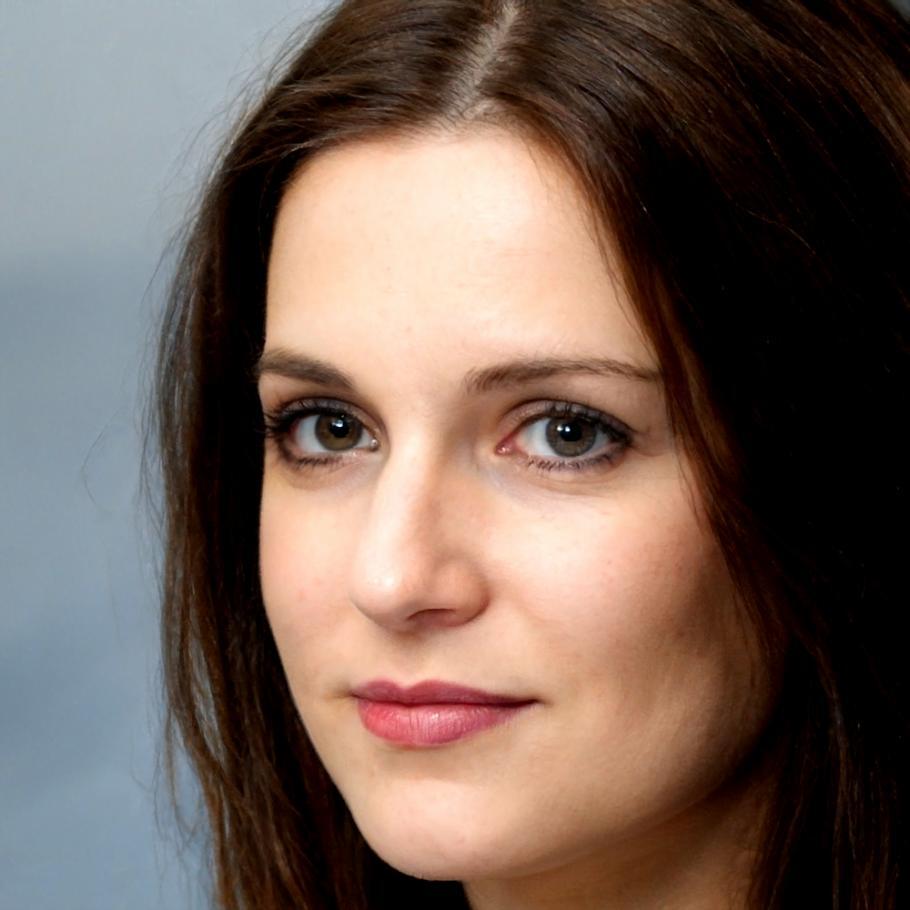Master Financial Statements Through Real Business Cases
We've spent fifteen years working with businesses that struggled to understand their own financial data. That's why we built this program differently—starting with actual statements from Australian companies and working backwards to explain what matters.
Learn Our Story
Three Skills That Changed How We Read Numbers
Most courses teach formulas first. We start with questions business owners actually ask—then show you the calculations that answer them.
Cash Flow Reality
Your profit doesn't always match what's in the bank. We'll show you why that happens and how to predict cash crunches before they appear—using patterns we've seen across dozens of Australian businesses.
Ratio Context
A current ratio of 1.5 might be fine for construction, terrible for retail. You'll learn which benchmarks actually matter for your industry and when standard rules don't apply.
Trend Recognition
Single statements rarely tell you much. We teach you how to spot patterns across quarters and years—the kind of analysis that helps business owners make better decisions about expansion, hiring, or pulling back.

We Built This Around Real Mistakes
Our teaching methodology came from watching where people got stuck. Not in the calculations themselves—those are straightforward—but in knowing which numbers to look at first and what they actually mean.
Every example in the program comes from an actual business situation. Sometimes they're success stories. Often they're warning signs we caught early. You'll work through the same analysis process we use with consulting clients.
- Case studies from retail, manufacturing, and service businesses across Australia
- Industry-specific benchmarks that account for seasonal patterns and market conditions
- Common misinterpretations we see repeatedly—and how to avoid them
- Tools for presenting financial insights to non-financial stakeholders
How Analysis Actually Works
Most financial education treats analysis like a checklist. But experienced analysts don't work that way. They follow patterns based on what type of business they're looking at and what questions need answers. Here's the framework we teach.
Start With Context
Before touching a calculator, you need to know what type of business you're analyzing and what's normal for that industry. A hospitality business with thin margins operates completely differently than a software company with recurring revenue.
Map The Money Movement
Follow how cash actually flows through the business. Where does it come from? Where does it go? Are there timing gaps between revenue and expenses? This often reveals more than any ratio calculation.
Compare Against Reality
Use industry benchmarks and historical trends to spot anomalies. But remember that benchmarks are averages—they don't account for business models, market position, or deliberate strategy choices that make your situation unique.
Test Your Assumptions
Every analysis involves assumptions about what's sustainable and what's temporary. We teach you how to stress-test those assumptions and identify which variables matter most to your conclusions.

Bridget O'Neill
Program Director
Why I Changed How We Teach This
I spent eight years doing financial due diligence before moving into education. And the gap between what courses taught and what actual analysis required was frustrating.
Textbooks present financial analysis as a linear process. Real analysis is messier. You start with incomplete information. You need to make judgments about what's reliable and what needs verification. You're often looking for specific answers under time pressure.
So we redesigned the program around actual work situations. Students get financial statements from real businesses—sometimes clean data, sometimes messy—and work through the same questions we handle in consulting engagements. What's this business worth? Can they afford expansion? Why did cash position deteriorate despite increasing revenue?
Our next cohort starts in September 2025. The program runs for six months, with weekly practical sessions analyzing different business types. You'll finish with a portfolio of case work that demonstrates genuine analytical capability.
Ready To See Financial Statements Differently?
Our approach works best for people who already understand basic accounting concepts and want to develop practical analysis skills. If you're making business decisions or advising others who do, this program will change how you read financial data.